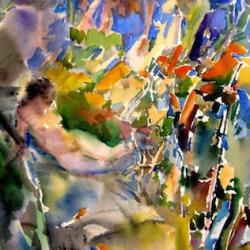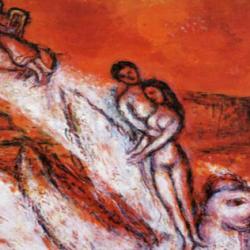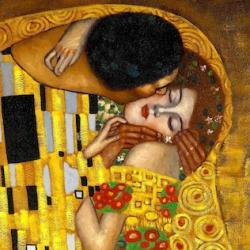In his first speech of praise to his Beloved, the Lover of the Song compares her to “my mare among Pharaoh’s chariots” (Song of Songs 1:9). Among other things, the comparison evokes the story of the exodus, where Pharaoh’s horses and chariots are overthrown. Griffiths ( Song of Songs (Brazo’s Theological Commentary on the Bible) , p. 29) has this to say:
“The verbal resonances are direct and explicit: there, as here, Pharaoh’s chariots . . . are mentioned with their horses . . . ; Moses and, immediately afterward, Miriam sing there of the Lord’s destruction of these chariots and horses by submersion in the Red Sea. Here in the Song, the horse is female . . . and in likening the beloved to ‘a mare among Pharaoh’s chariots’ the Song is profoundly suggestive: Pharaoh’s stallions, representing an idolatrous slave empire out for the blood of its escaped slaves, were drowned. This mare, the Lord’s beloved, is greater than they, overcoming their instruments of violence (‘chariot’) by her beauty and by her having received and acceded to the Lord’s loving promise. She, like Israel in Exodus, can be ridden by the Lord onward into the land of promise. She, the mare, is a symbol of beauty and power, as also, perhaps, of fertility. By means of his love for her, the Lord gets what he wants, which is finally the redemption of the world, a redemption wrought first by his irrevocable love for the people of Israel and then by his equally irrevocable love for Mary, out of whom comes his son, and thereby the church.”















